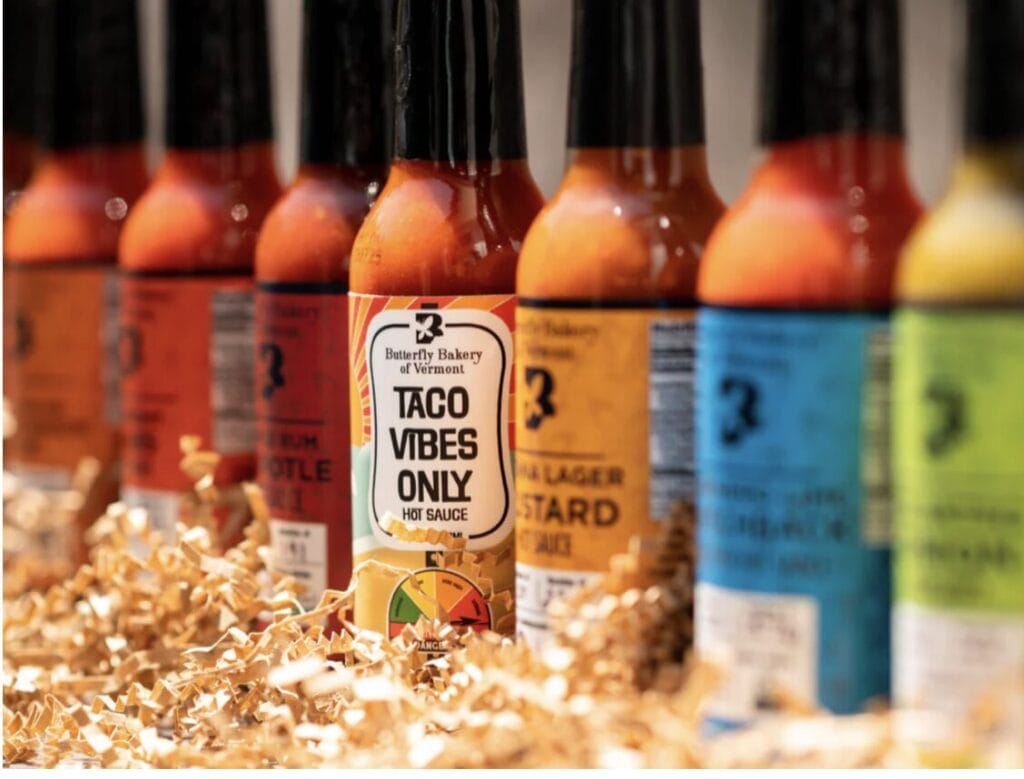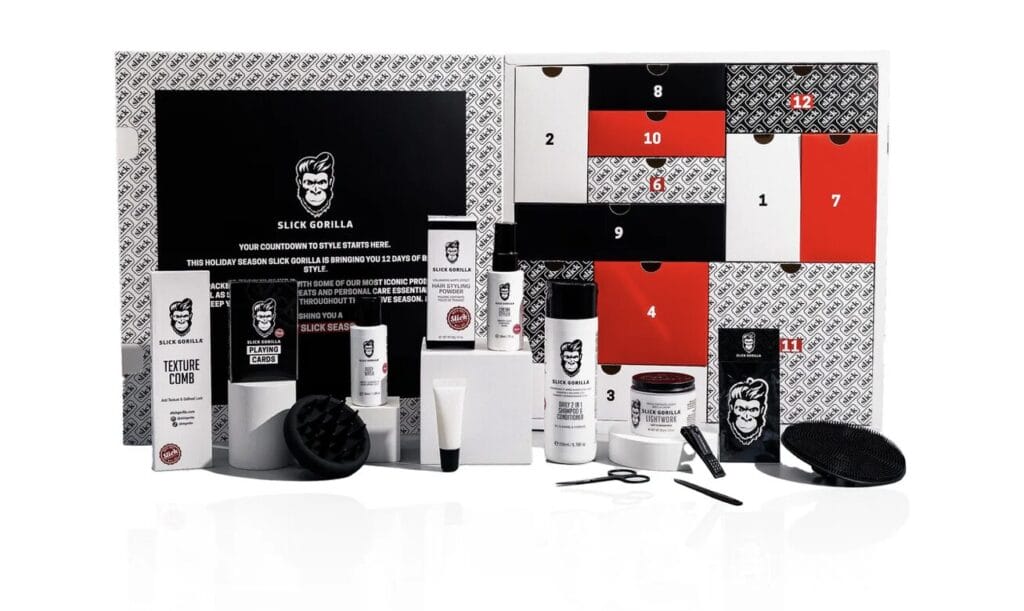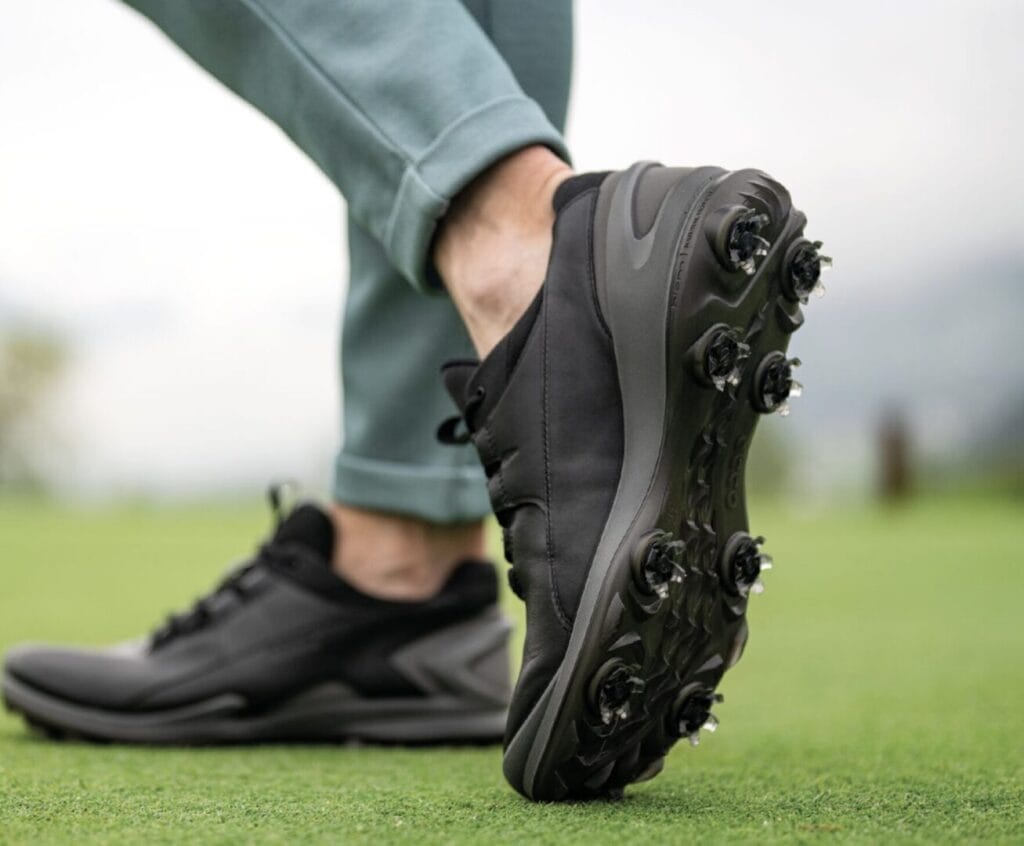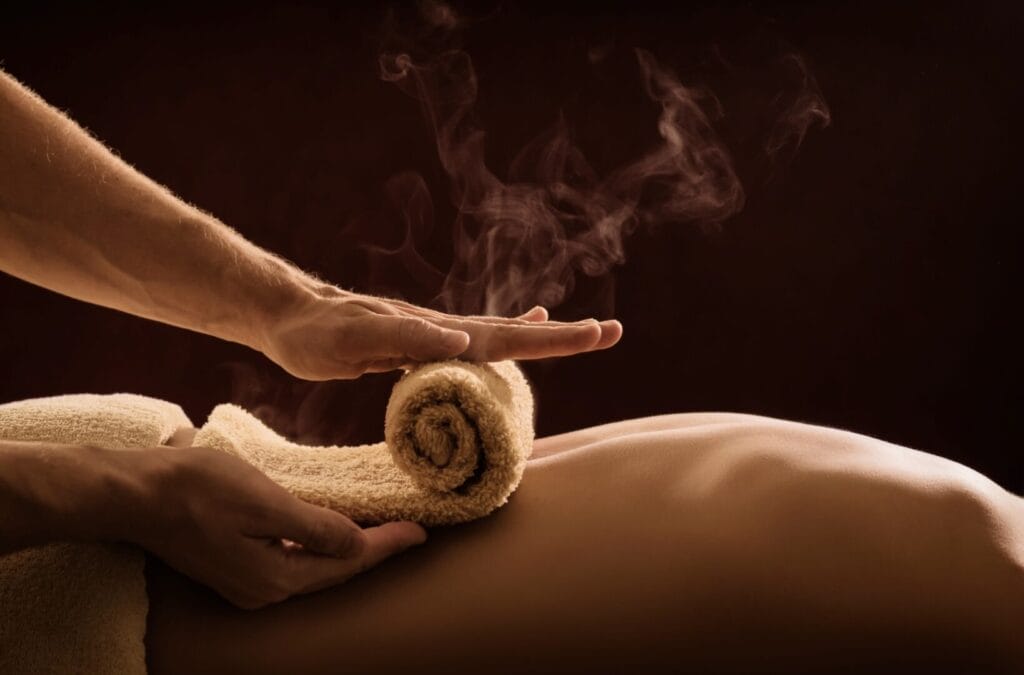Review of Paris Fashion Week Menswear: A Showcase of Heritage and Modernity
Paris has long been recognized as a capital of menswear, with a rich history that dates back to the first dedicated menswear runway show in 1978, launched by the visionary designer Thierry Mugler. This pivotal event marked a turning point in the fashion world, solidifying Paris as a beacon for innovative menswear that combines artistry with wearability. Today, the event is meticulously managed by the Fédération de la Haute Couture et de la Mode, which upholds the high standards and creative spirit of the Parisian fashion scene. The city’s influence is not merely a relic of the past; it continues to shape contemporary menswear trends, reflecting a unique blend of tradition and modernity that distinguishes Parisian style in an increasingly globalized society.
Made in France: The Heart of Apparel Manufacturing
“Made in France” has become synonymous with quality and craftsmanship, reflecting a rich heritage in the textile and apparel industry. Manufacturing plants are primarily concentrated in regions like Normandy, Brittany, and the Loire Valley, where skilled artisans have honed their craft over generations. These facilities prioritize traditional techniques while integrating modern innovations, ensuring that products not only meet high standards of excellence but also resonate with the values of sustainability and ethical production. The French government has also supported this initiative through various programs aimed at revitalizing local manufacturing, promoting artisanal skills, and encouraging a return to domestic production, thereby reinforcing the importance of local craftsmanship in the global fashion landscape.
French Menswear Brands Leading the Charge
Iconic French menswear brands such as Louis Vuitton, Dior, Hermès and Saint Laurent, are at the forefront of redefining menswear for the future. Each brand is actively embracing sustainability and innovation while honoring its rich heritage. Louis Vuitton, known for its luxury leather goods, is integrating eco-friendly materials and circular fashion practices into its collections. Dior is making strides in sustainable sourcing, while Saint Laurent continues to push boundaries with modern silhouettes that appeal to a younger demographic. Berluti, renowned for its exquisite shoes and tailored garments, is exploring new design techniques and materials that emphasize both quality and environmental consciousness. Collectively, these brands are not only shaping the future of menswear but also setting a standard for the industry, balancing tradition with contemporary values and consumer expectations.
The essence of Parisian menswear lies in its distinct sartorial elegance that effortlessly merges classic tailoring with a relaxed yet sophisticated vibe. Even in a world where fashion is becoming more homogenous, Parisian style remains rooted in a deep appreciation for craftsmanship, versatility, and individuality. This season, models walked the runways showcasing collections that epitomized this spirit, with flowing silhouettes and carefully curated layers that echoed a sense of effortless chic. Brands are increasingly targeting Gen Z, integrating AI technologies and sustainable practices into their design processes, aligning with a younger generation that values innovation alongside ethical responsibility. Five styles defining a Parisian man’s look this season include the classic tailored suit—reimagined with modern cuts; oversized outerwear for a relaxed feel; monochromatic ensembles emphasizing minimalist aesthetics; statement accessories that reflect personal style; and smart-casual pieces that bridge the gap between formal and everyday wear. These styles not only highlight the fashion-forward nature of Paris but also illustrate how the city continues to evolve while remaining true to its roots.
As we navigate a sluggish global economy, the uncertainty influences the palette seen on the runways, with earthy tones, muted colors, and pops of vibrancy emerging as key trends. Fabrics have also evolved, with designers favoring sustainable materials that contribute to the growing movement towards eco-conscious fashion. The upcoming Spring/Summer 2025 season promises a continuation of these trends, with an increasing emphasis on styles that embody both comfort and sophistication. As we look ahead, the outcome of the U.S. election may have significant implications for the global economy, further shaping consumer behavior and industry dynamics. Paris Fashion Week has set the stage for a vibrant future in menswear, where creativity meets sustainability, and heritage is woven into the fabric of modern design.
I will add designers and brands to this post as PFW moves forward and digital assets come in through the wire- Joseph DeAcetis
CFCL:

CFCL Menswear Collection: A Fusion of Innovation and Style
Attending the CFCL menswear show was an exhilarating experience that left a lasting impression. The collection showcased a masterful blend of innovative design and contemporary aesthetics, with each piece reflecting a commitment to sustainability without compromising on style. The use of high-tech materials and multifunctional garments stood out, demonstrating a forward-thinking approach that is essential in today’s fashion landscape. I was particularly impressed by the clean lines and structured silhouettes, which not only highlighted the wearer’s physique but also offered versatility for various occasions. The color palette, predominantly featuring earthy tones, provided a grounded yet sophisticated vibe, making the collection easily adaptable to different wardrobes.
However, the menswear market, including CFCL’s offerings, faces some notable challenges. While the brand’s focus on sustainability and technology is commendable, it may alienate traditional consumers who prioritize classic styles and familiar silhouettes. Additionally, the high price points of the collection may limit accessibility for a broader audience, making it essential for CFCL to find ways to balance innovation with affordability. Furthermore, as the competition in menswear continues to intensify, CFCL must work diligently to carve out its niche and effectively communicate its unique value proposition to consumers. Overall, while the CFCL collection is a promising step forward, addressing these challenges will be crucial for its success in the evolving menswear market.
ALAIN PAUL:


Alian Paul at Paris Fashion Week: A Celebration of Modern Menswear
The Alian Paul show at Paris Fashion Week was a stunning showcase of contemporary menswear that blended innovation with timeless elegance. The collection featured a vibrant palette, bold patterns, and a mix of textures, reflecting Alian Paul’s unique vision for the modern man. Each piece was meticulously crafted, emphasizing tailored silhouettes that offered both comfort and sophistication. The runway was a visual feast, with models strutting confidently in layered looks that seamlessly transitioned from day to night, making a strong statement about versatility in menswear. The use of sustainable fabrics and ethical production methods further highlighted the brand’s commitment to responsible fashion, resonating well with today’s eco-conscious consumers.
However, the menswear market faces significant challenges that brands like Alian Paul must navigate. The rising demand for inclusivity and diversity in sizing and styles often clashes with traditional industry standards, leading to a gap between consumer expectations and available offerings. Additionally, the market is increasingly saturated with fast fashion, making it difficult for premium brands to maintain their distinctiveness and justify higher price points. Supply chain disruptions and economic fluctuations also pose obstacles, pushing designers to innovate while balancing cost-effectiveness. As consumer preferences evolve, the need for brands to stay relevant while upholding their unique identity becomes more crucial, highlighting the fine line between creativity and commercial viability in the competitive menswear landscape.
HELIOT EMIL:

HELIOT EMIL’s SS25 men’s collection, “CULTURAL CONSTRUCT ARTIFICIAL LANDSCAPE,” explores the intersection between nature and the artificial, drawing inspiration from Olafur Eliasson’s Riverbed installation. As Eliasson turned a gallery space into a volcanic landscape, HELIOT EMIL brings this concept to menswear by merging technical fabrics with natural forms. The collection incorporates textures that mimic rivers, stones, and volcanic terrains, paired with a minimalist color palette of volcanic blacks, stony grays, and glacier whites. The contrast between industrial precision and organic fluidity is further highlighted by wearable glass sculptures and a runway installation made of electrochromic glass, in collaboration with ENCOR studio. This tension between natural and artificial materials defines the SS25 collection, balancing sleek, utilitarian designs with raw, elemental inspirations. Key collaborations with PUMA and STACCATO further elevate the collection by blending sportswear functionality with HELIOT EMIL’s signature refined, industrial aesthetic.
However, in a dynamic retail climate, HELIOT EMIL’s menswear faces significant challenges. The brand’s avant-garde approach and technical precision, while distinctive, may struggle against the backdrop of fast fashion’s emphasis on affordability and instant accessibility. The demand for sustainability and transparency in production also poses a challenge, as consumers become more environmentally conscious, expecting both innovation and ethical responsibility from brands. HELIOT EMIL’s niche appeal and focus on industrial elegance might find it difficult to balance artistic integrity with the pressures of commercial success, especially as the menswear market grows increasingly competitive and trend-driven. Adapting to these market demands while preserving the brand’s identity will be essential for long-term success.
Dé Moo:

Dé Moo’s S/S 2025 men’s collection marks a new era for the brand, skillfully balancing contrasting elements to create a fresh take on modern masculinity. The collection weaves together solidity and softness, the masculine and the feminine, and old-world charm with contemporary design, forming a cohesive and refined aesthetic. Debuting in Paris for the first time, the S/S 2025 line expresses a deep sense of “connectivity,” as envisioned by the brand’s Creative Director. Through the interplay of dark and light tones, structured silhouettes and fluid fabrics, Dé Moo creates a harmonious narrative that is both classic and cutting-edge. This collection redefines the boundaries of menswear, offering pieces that feel sophisticated yet approachable, blending the past with the future.
However, in the evolving menswear market, Dé Moo’s S/S 2025 collection faces challenges posed by shifting consumer preferences and industry trends. As sustainability becomes a growing priority, the brand must address the rising demand for eco-friendly materials and responsible production processes, which may contrast with the intricate designs and high craftsmanship Dé Moo is known for. Additionally, in a world driven by fast fashion and immediate gratification, the collection’s nuanced approach to design could struggle to capture the attention of mainstream consumers who seek affordability and rapid trend cycles. The challenge lies in balancing the artistic integrity and craftsmanship that define Dé Moo’s identity with the commercial realities of an increasingly competitive menswear industry.
VETEMENTS:

VETEMENTS’ Spring/Summer 2025 men’s collection by Guram Gvasalia is a striking response to the current pressures on luxury fashion. Rooted in the global economic downturn and shifting consumer attitudes, this collection is a deliberate departure from the conventional luxury narrative. It reimagines masculinity through the lens of deconstruction, where classic wardrobe staples are taken apart and reassembled, offering a raw, utilitarian aesthetic. The collection’s pieces—ranging from oversized, asymmetrical blazers to repurposed streetwear—embody a “DIY” approach, reflecting the times’ ingenuity and scarcity. There’s a deliberate focus on imperfection: unfinished seams, mismatched fabrics, and rugged textures serve as a rebellion against the overly polished standards of traditional menswear. VETEMENTS’ message here is clear: fashion is no longer about mindless consumption but about reclaiming, repurposing, and redefining what already exists.
Point of Sale Perspective:
From my vantage point, this collection will resonate strongly at the point of sale, especially with today’s male consumers who are increasingly driven by the desire for authenticity, sustainability, and unique self-expression. The collection’s rough-hewn aesthetic, built on the foundation of reworked pieces, appeals to a modern man who values individuality over mass-produced luxury. The inclusive spirit of VETEMENTS further elevates its commercial potential—men who may not even own a VETEMENTS piece can still feel connected to the brand’s ethos, making it accessible beyond the transaction. This cultural shift, where personal style is defined by creativity rather than by what’s new and expensive, plays directly into the collection’s hands. Retailers can expect this range to perform well with those seeking garments that challenge traditional luxury and offer a bold, statement-making alternative for men who want to be part of fashion’s evolution, not its excess.
KIMHĒKIM:

The menswear section of Maison KIMHĒKIM’s Spring/Summer 2025 ‘Dreamers’ collection was a striking blend of whimsical and minimalistic design. Models walked the runway with a relaxed, dreamlike presence, sporting trench coats layered over sleepwear, a clear nod to the blurred lines between comfort and couture. The presentation was artistic, with subtle details like berets adorned with pencils and notebooks, capturing the essence of creativity and inspiration. The styling felt understated yet imaginative, reflecting the brand’s commitment to drawing from dream-inspired figures like Andy Warhol and Marilyn Monroe. The muted color palette, including dreamy pinks and handwritten prints, added to the ethereal atmosphere, while the accompanying music by Annis Belkadi deepened the overall narrative of dreaming and achieving.
While the collection’s creative concept and execution were captivating, translating these runway looks into retail success could be challenging. Runway pieces like strapless tops fashioned from pillows and pencil-adorned accessories may not appeal to a broad consumer base, particularly when aiming at Gen X. However, certain elements, such as the relaxed trench coats and sleek sleepwear-inspired pieces, could find favor with fashion-forward consumers seeking a blend of comfort and high fashion. To resonate commercially, KIMHĒKIM may need to focus on editing and refining these runway elements into more wearable, versatile items that retain the collection’s dreamy aesthetic while catering to practical everyday wear.
Enfants Riches Déprimés:


Review of Enfants Riches Déprimés SS25 Men’s Collection
The Enfants Riches Déprimés SS25 men’s collection debuted at Sotheby’s Paris with a dark, cerebral narrative. Brutally deconstructed tailoring, layered with antique brass accents, harsh leather, and oversized, distressed fabrics, evoked a dystopian vision of masculinity. The collection confronted themes of alienation, masculinity under siege, and the pressures of conformity, all within a framework of luxury. Boxy silhouettes, raw edges, and symbolic bondage motifs reflected the tension between rebellion and repression. Yet, amid the gritty aesthetic, subtle touches of opulence—glossy silks and metallic detailing—betrayed a sense of resignation to the system the collection rails against. Enfants Riches Déprimés captured the essence of modern male disillusionment, delivering a collection that was as raw as it was reflective.
Challenges at Point of Sale with Consumers
For the men’s collection, Enfants Riches Déprimés faces a similar paradox at the point of sale as with its women’s line. The subversive, anti-capitalist narrative that drives the brand can conflict with the luxury positioning and high prices, making the collection less accessible to the rebellious spirit it seeks to represent. While the collection speaks deeply to disillusioned male consumers—particularly those drawn to its commentary on masculinity and societal pressures—converting that resonance into retail success remains a challenge. The exclusivity of ERD’s pieces, sold in the rarefied air of high-end fashion boutiques, can sometimes contradict the message of anti-establishment rebellion, forcing the brand to carefully balance its subversive ethos with the realities of consumerism.
EENK:

EENK’s Spring/Summer 2025 men’s collection, “A for Aesthetic,” debuted in Paris as an innovative extension of the brand’s artistic vision. Following the completion of its alphabetic journey, this season’s collection symbolizes a renewed focus on the interplay between tradition and modernity, deeply rooted in Korean aesthetics. The show, held at the stylish SA15 venue, featured a striking lineup of designs that celebrated the artistry of Korean heritage through meticulous craftsmanship. Drawing inspiration from Jogakbo (traditional Korean patchwork) and Bojagi (wrapping cloth), the collection presented a bold fusion of textures and colors, while the soft ivory set design, influenced by Dansaekhwa, lent an air of refined sophistication. EENK’s collaboration with artist Nina Koltchitskaia added visual intrigue, with prints that conveyed a sense of nature’s beauty, seamlessly integrated into the collection’s unique silhouettes. The thoughtful styling and immersive sound design further enhanced the runway experience, making it a memorable showcase of men’s fashion.
However, the journey from runway to retail for EENK’s men’s collection may encounter some hurdles. While the intricate patchwork and traditional motifs offer a refreshing take on menswear, they could pose a challenge for consumers who typically gravitate toward more conventional styles. Retailers might find it difficult to effectively communicate the cultural significance and craftsmanship behind these designs, which is crucial for appealing to a broader audience. Furthermore, the collection’s pricing strategy will be vital; ensuring it reflects the quality and artistry while remaining accessible to the target market may require a careful balancing act. Additionally, the bold aesthetics may not align with the tastes of all consumers, necessitating targeted marketing efforts to attract style-savvy individuals who appreciate innovation and craftsmanship in their wardrobes. By emphasizing the narrative behind the collection and its cultural roots, EENK can carve out a distinctive space for itself in the competitive menswear landscape.
About the Author:
Joseph DeAcetis is a visionary in the world of fashion, renowned as the best wardrobe stylist and art director of his generation. His impressive accolades and unmatched expertise set him apart in the industry. Joseph covers the intersections of style, culture, art, and fashion, with a particular emphasis on the evolving status of menswear.
Throughout his illustrious career, Joseph has penned award-winning columns for top-tier publications such as Esquire, People Magazine, Robb Report, and Playboy. His profound insights and engaging narratives have made him a leading voice in fashion journalism.
Most recently, Joseph served as the creative fashion director for Forbes Media, where he excelled as both a critic and reporter. His extensive body of work highlights the importance of dressing for success and explores how technological advancements are reshaping the fashion industry. Joseph’s authoritative yet approachable voice continues to inspire and influence fashion enthusiasts worldwide.
Comments, questions, or feedback? message me at stylelujo.com
Save Article








